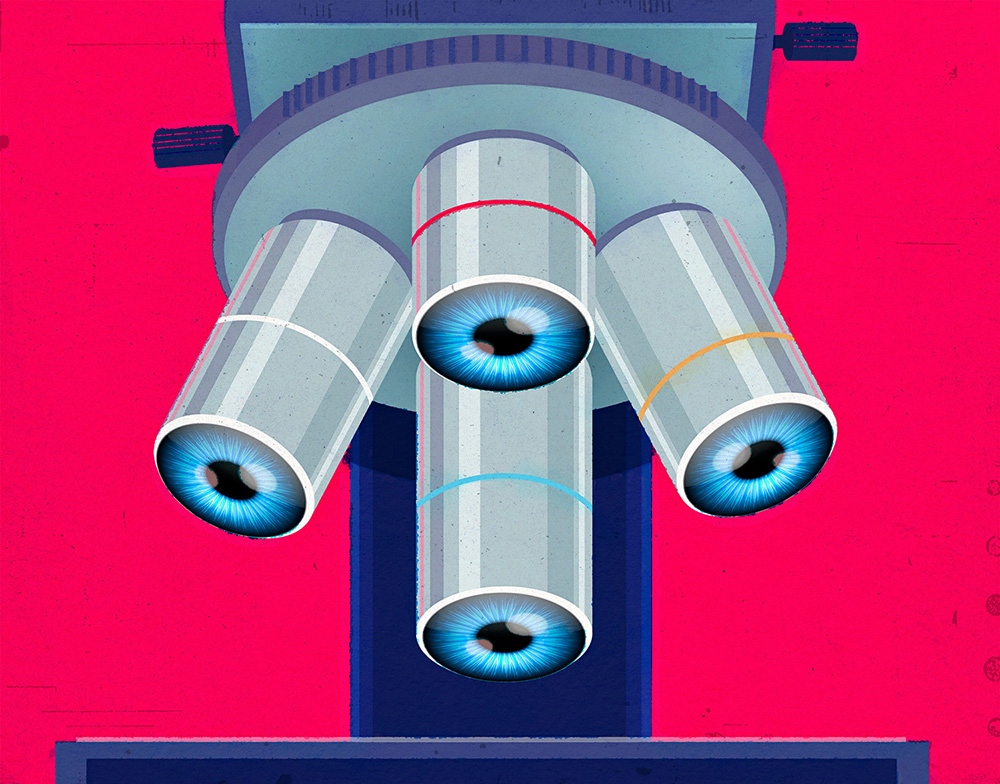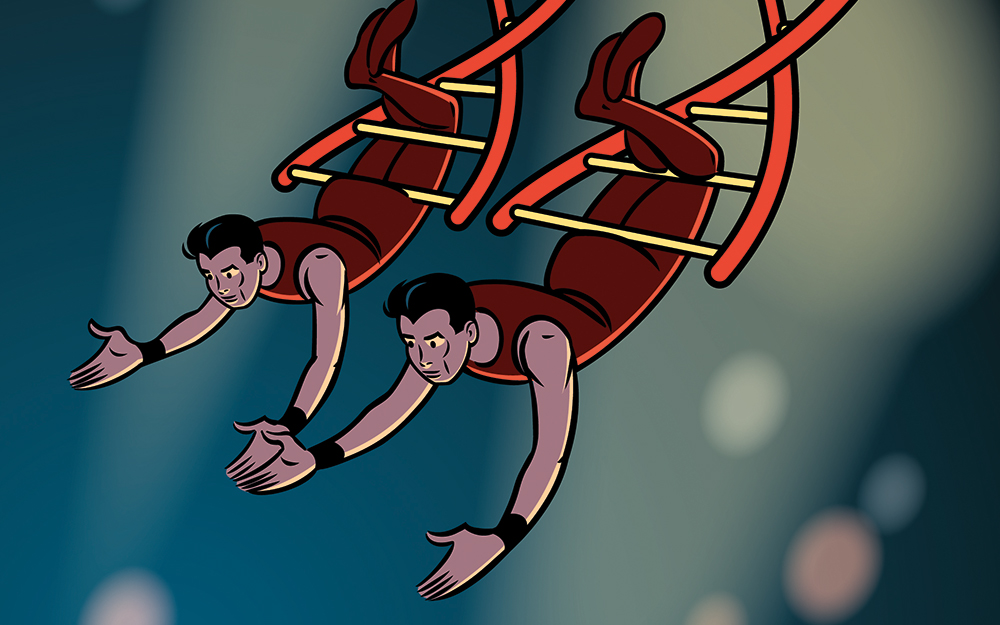Scientists Aim To Predict Breast Cancer Risk
Date
June 7, 2022
Credits

Date
June 7, 2022
Credits
Medical providers featured in this article
In Brief
{{cta-block}}
Everyone has BRCA genes. They typically protect against cancer, but some people inherit mutated versions of the genes that increase their cancer risk. Women with these genetic changes are at greater risk of breast and ovarian cancer.
Some women who discover they have BRCA mutations choose to have risk-reducing surgery, removing their breast tissue or ovaries and fallopian tubes. They can’t know for certain that they are fated to get cancer, but must weigh their risk and make the best decisions they can.
“But what if we could predict how serious the cancer would be—or if it will develop at all?” says Clive Svendsen, PhD, executive director of the Cedars-Sinai Board of Governors Regenerative Medicine Institute and the Kerry and Simone Vickar Family Foundation Distinguished Chair in Regenerative Medicine.
What if we could predict how serious the cancer would be—or if it will develop at all?
– Clive Svendsen, PhD
The seeds of ovarian cancer sprout in the fallopian tubes. Svendsen is using stem cell technology to take blood cells from women with BRCA mutations and reprogram them to make fallopian tubes in a culture dish. This process uses induced pluripotent stem cells (iPSCs). Human iPSCs are created by taking adult body cells “back in time” to create stem cells that can develop into any kind of human body cell.
Because fallopian tube cells that are created from the iPSCs contain the DNA of the donor patient, they may develop cancer in the dish that is identical to what the woman would experience years or decades down the road.
“We aim to use this model to predict individuals’ cancer development,” Svendsen says. “We also can test drugs on the cancerous tissue and determine which ones work.”
The methodology could help monitor, prevent and treat a woman’s cancer—even determining drugs that could be taken prophylactically.





